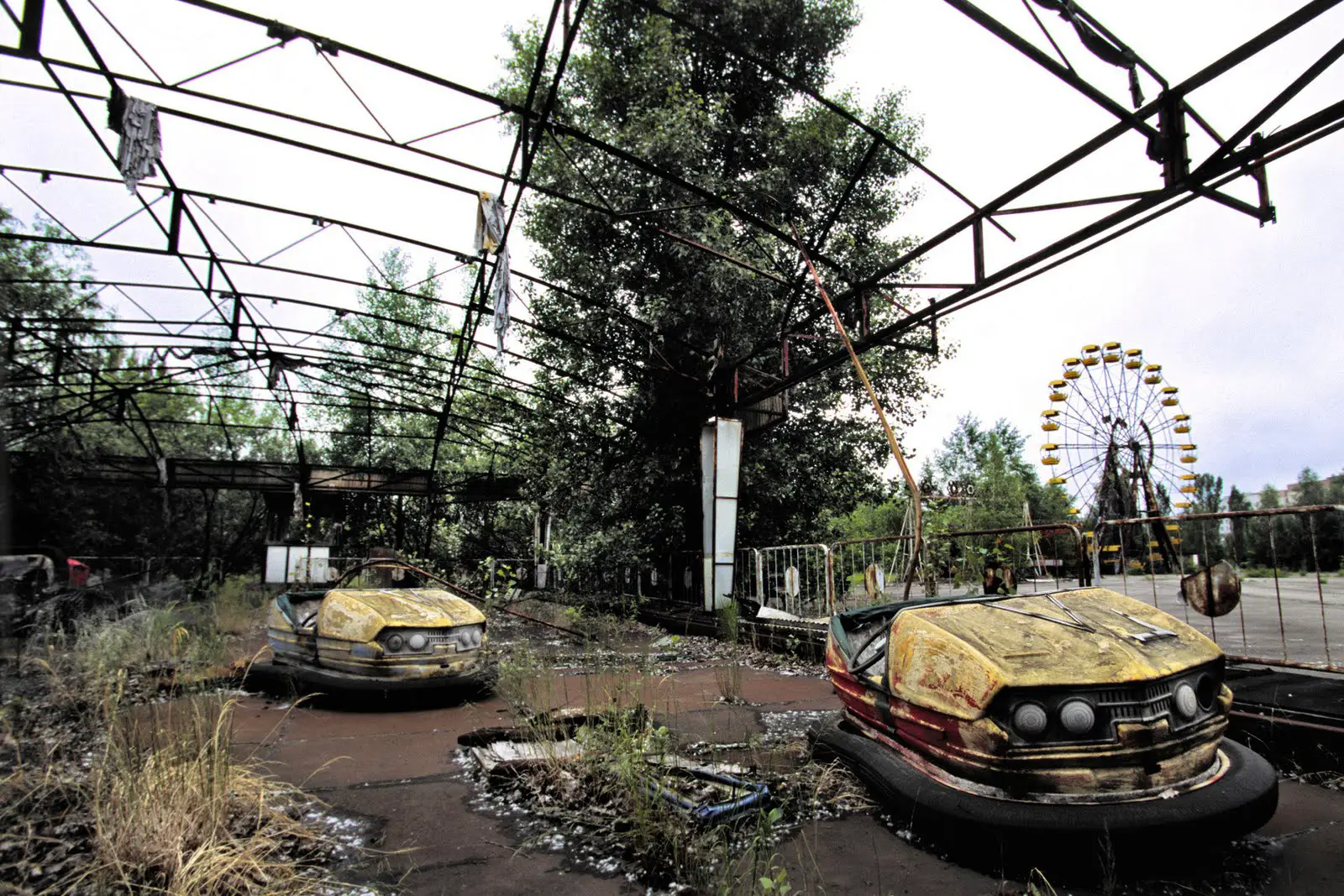If every U.S. home replaced just on light bulb with an ENERGY STAR® efficient light bulb, the amount of energy saved could light more than 3 million homes for a year and prevent 9 billion pounds of greenhouse gas emissions per year, equivalent to the emissions of about 800,000 cars."
However, energy doesn't just appear out of nowhere. As many of you have already knew, energy can neither be created or destroyed, it changed from one form to the other. And it's this transformation that we get our energy from. Chemical energy inside molecules of woods, oil, gas changed to thermal energy when burned, kinetic energy by water currents and winds moved turbines to create electrical energy, etc.
But sadly, even though energy is a good thing, the process in which it is produced isn't always very environmentally healthy. In fact, the process in which oil is burned to fuel vehicles and machines releases toxic carbon dioxide gas into the atmosphere that destroys the ozone layer, therefore allowing the sun's radiation to slowly turning everything on Earth into a barbecue buffet.
Not only that, some types of energy sources, if use correctly, can be used to create massive destruction, capable of making an area uninhabitable. A common example is nuclear energy. If used correctly, nuclear reactor can produce a huge amount of electricity through splitting uranium atoms. But if an accident happened, the effects can be catastrophic. An example of how danger nuclear energy can be is the Chernobyl accident. Considered as the worst nuclear power plant accident in history in term of cost and casualties, the Chernobyl accident causes hundreds of thousands of people to be infected with radiation. Some died while others were caught with cancer. The cost is millions of dollars and the entire area is considered uninhabitable for about 20,000 years.
There are two types of energy: renewable energy and non-renewable energy. Nowadays many are encouraging the use of renewable energy because they can be use over and over again and they don't release toxic pollution into the environment while non-renewable energy do.
However, people are still choosing non-renewable energy over renewable ones because they are very costly. The cost to invest in a renewable energy system like solar panels, wind turbines, water damps, biomass... is a lot and there are many other requirements that is needed to fulfill. Non-renewable energy, on the other hand, doesn't cost as much to harness, produce a lot of energy, and is easy to use. Therefore, even though renewable energy is clearly the better choice when it comes to saving the Earth and being renewable, the cost is just too much for some people that it's hard to persuade them to use renewable energy instead of non-renewable ones.
So what should we do to help save energy and the environment? Well simple! Just turn off devices when you don't need them or when you exit the room (remember to turn off the power source, too). Also, try travel by bus or by bike to reduce the amount of emission you release into the atmosphere. If there's anything else you can think of that can save energy, you go ahead and do it. Just remember, save energy = save the environment.
Type of energy: http://www.factmonster.com/ipka/A0907040.html
Chernobyl Disaster: http://en.wikipedia.org/wiki/Chernobyl_disaster







Great entry. Your solution, as you say, is simple.
Trả lờiXóa